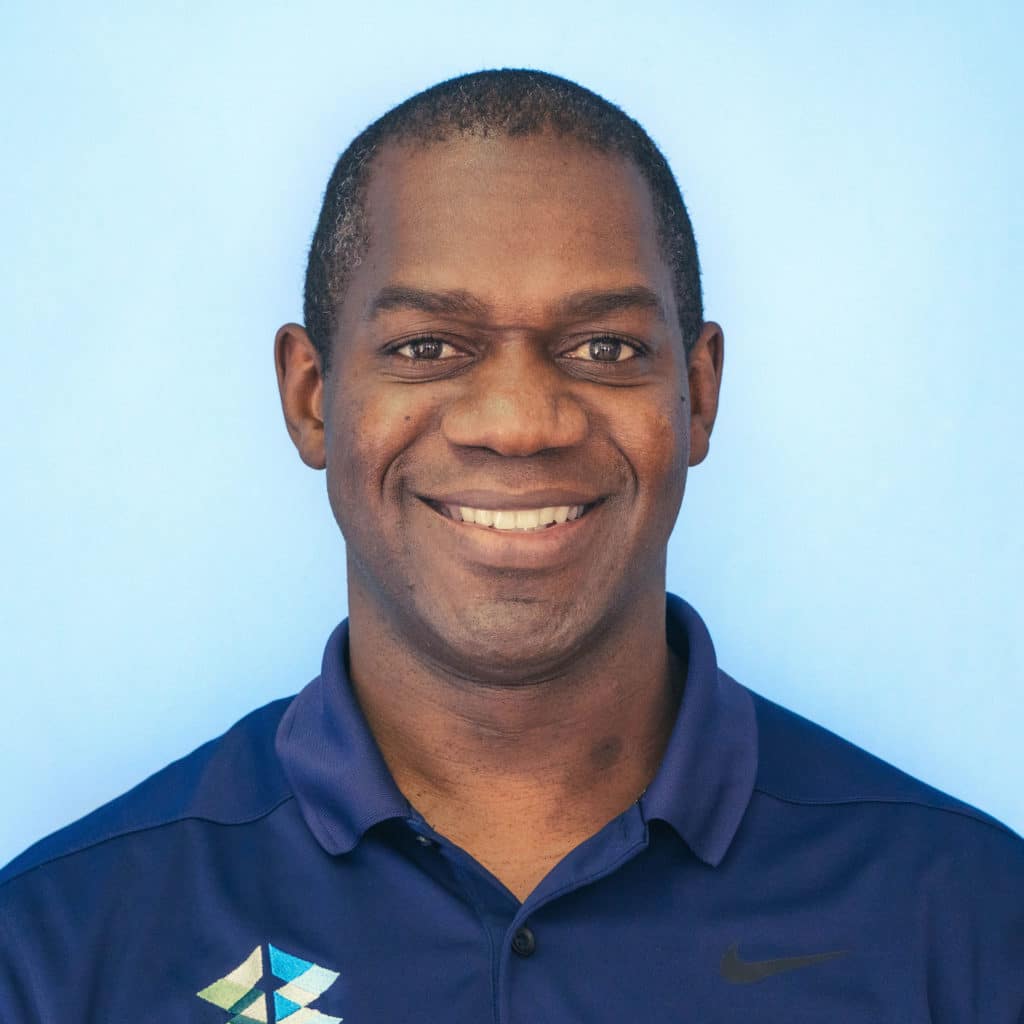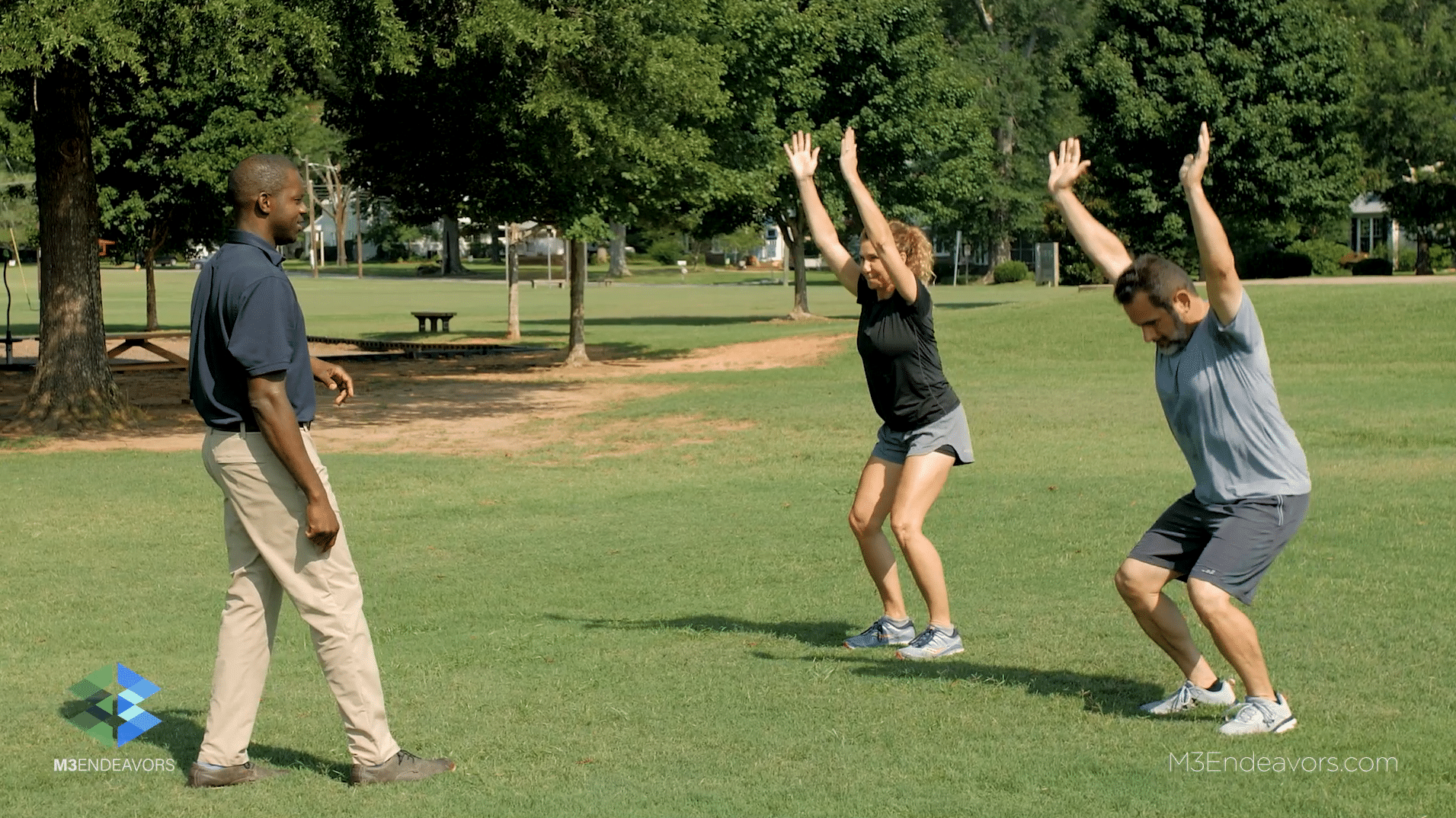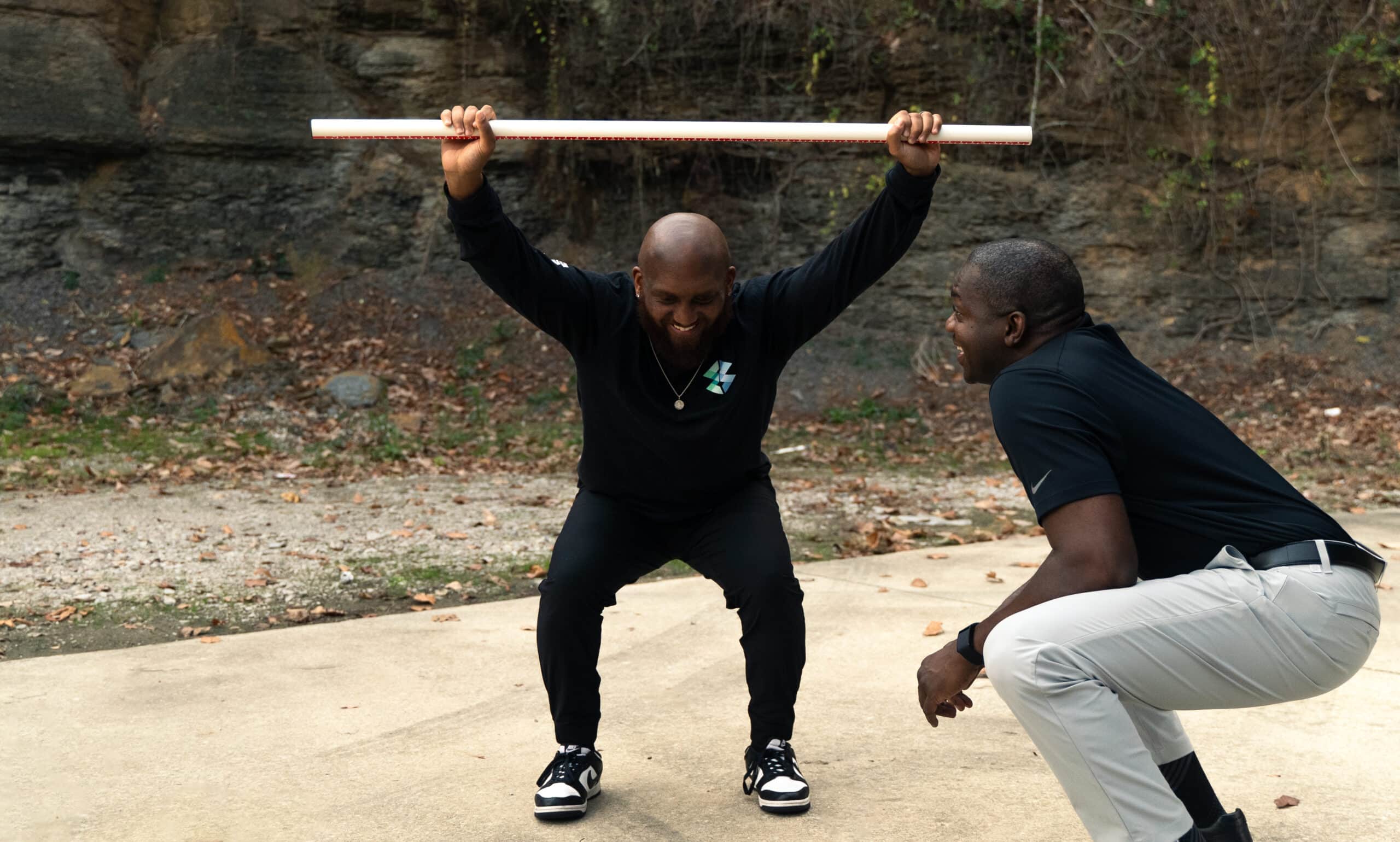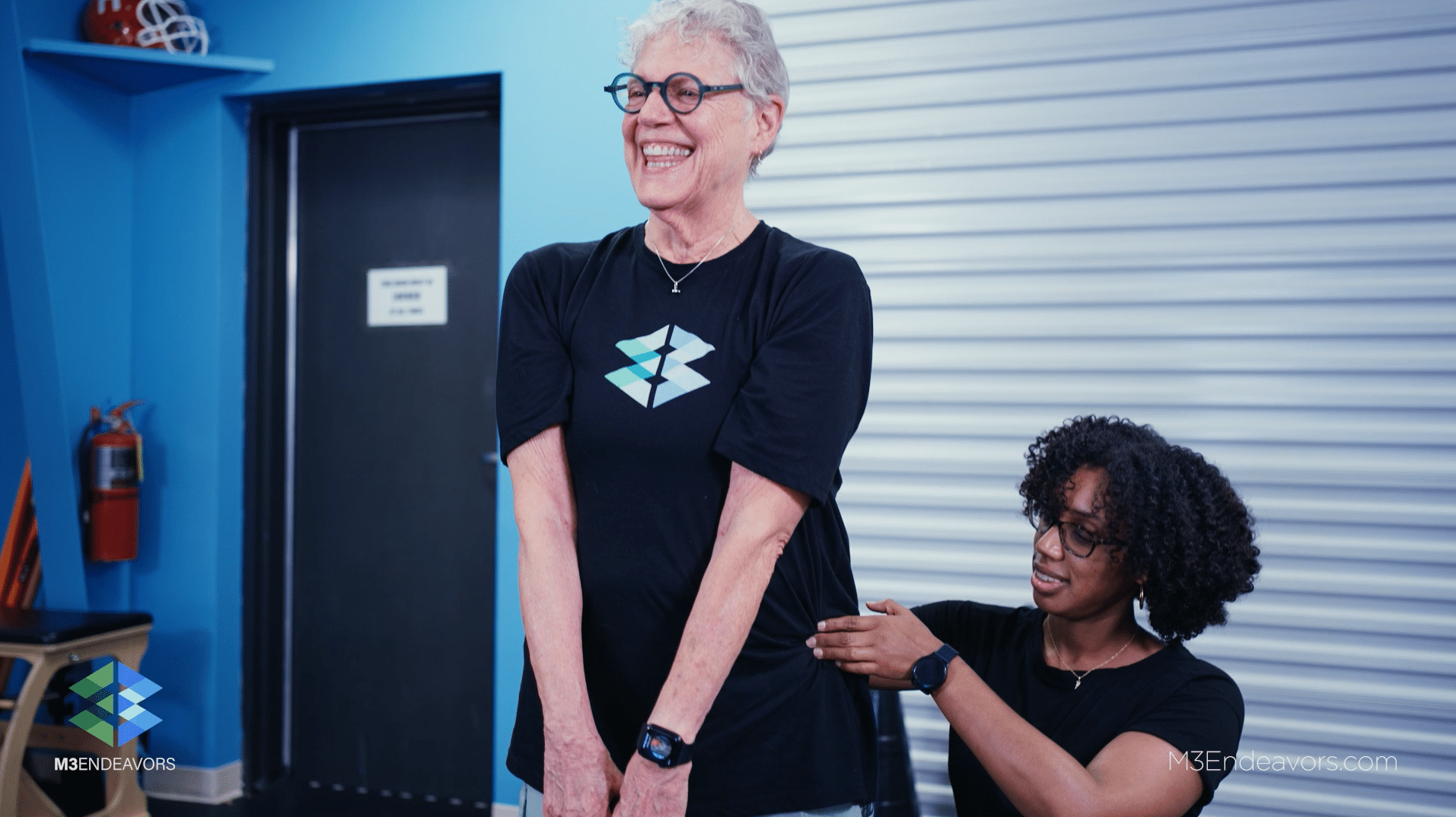This time of year, many people are focused on fitness so it’s worth taking a look at what fitness really means. The dictionary defines fit as “sound physically and mentally, healthy.” Using that definition, many “fitness” routines fall short of the goal. If you don’t enjoy running and dread every workout, you’re probably falling short of the “sound mentally” portion. Exercise should be enjoyable, reduce stress, and leave you feeling better.
No Pain no Gain?
Exercise should help you move well and feel better physically. If you can run a good time in a 5k, but have aches and pains for days after, then there is something missing. If you are increasing how much you can squat, but your joint pain is increasing right along with it, you’re not “sound physically” either. Sure, some muscle soreness and fatigue after a hard workout is normal. But if you’re having pain that doesn’t go away, sore joints, or trouble moving after exercise, you’re probably developing movement dysfunction along with your fitness.
Movement Dysfunction
Go back to the dictionary and you’ll find that dysfunction is “impaired or abnormal functioning.” So movement dysfunction is impaired or abnormal movement. When someone has a movement problem like a sore joint, limited range of motion, or strength loss the brain finds a way to get the body to do what it wants. These are what we call compensation strategies and usually means moving in a way that is less than optimal. For a while, it works. But eventually it leads to injury. As a concrete example, think of someone who has trouble bending one knee doing squats. When one knee bends further than the other, it will cause one side of the hip to drop lower than the other. Now that the hip isn’t level, the spine bends towards the high side to stay balanced. When that one side of the hip drops lower than the other one, it also usually rotates. Now the spine has to bend to the side and twist to keep you upright. This works for a while, but as weight gets added to the squat, and the repetitions add up so does the risk for a back injury.
Preventative Medicine
Pain during workouts, or pain and soreness that don’t go away after can be warning signs of a movement dysfunction. If you’re experiencing any of these, our team has movement experts who can help. M3 Performance and Physical Therapy has put together a team of skilled members who are trained to analyze movement, and figure out the root cause of problems. We can then design a program to treat the cause and correct the abnormal pattern. There is no need to wait until you’re injured to see someone of the M3 team. In fact, it’s preferable not to. Getting minor problems fixed early means fewer visits to the PT, less pain, and not having your workouts put on hold by injury.





